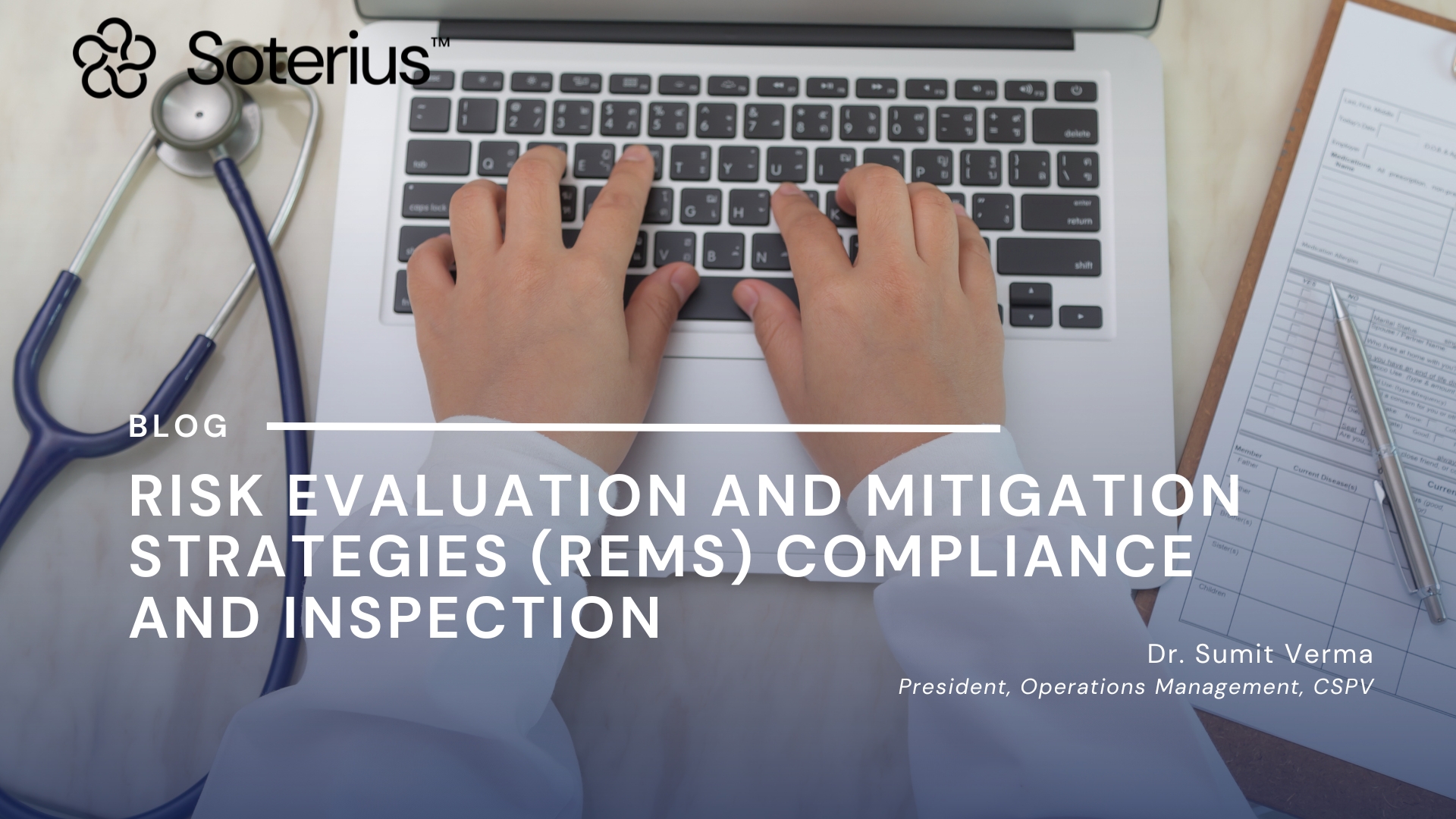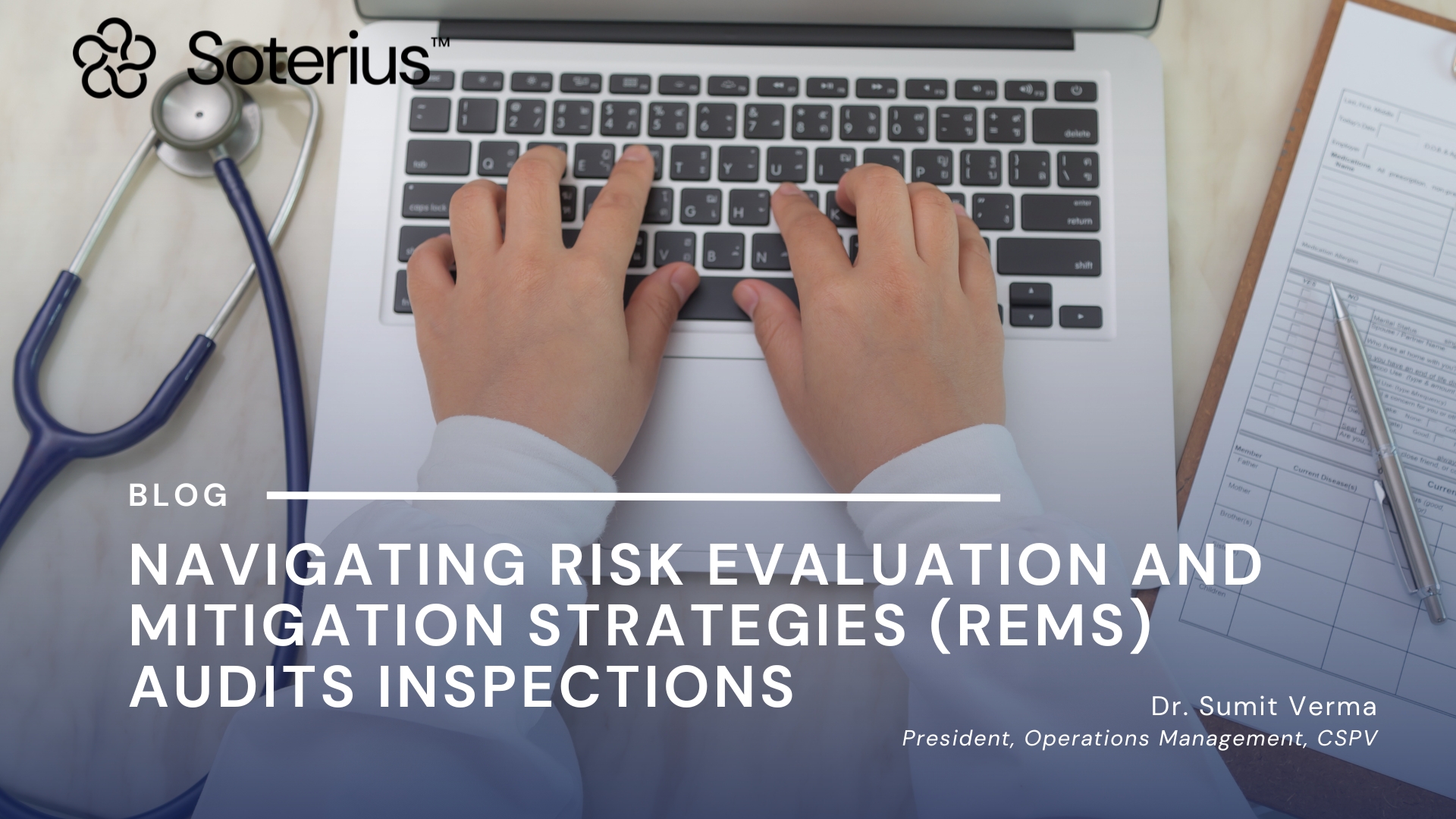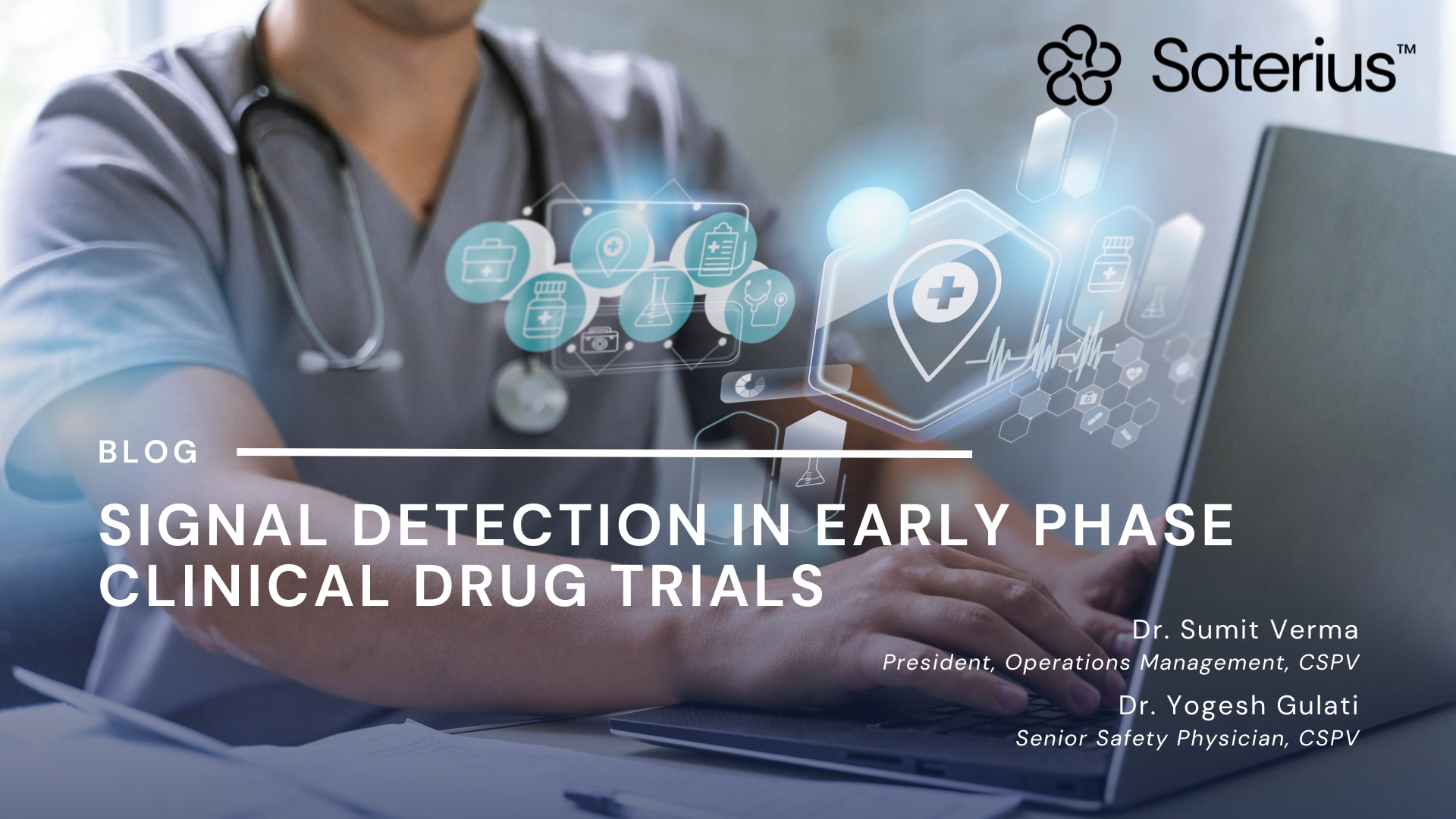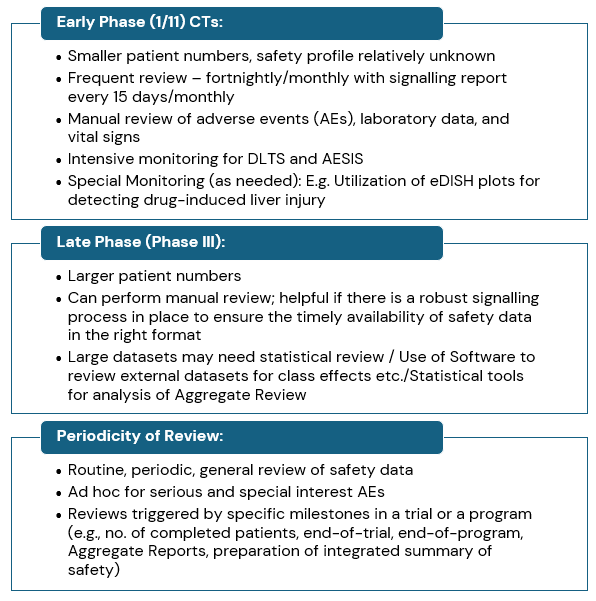REMS are Enforceable under Section 505-1
- REMS must be fully operational before drug introduced into interstate commerce.
- Drug is deemed to be misbranded (Section 502(y)) – If the applicant holder fails to comply with approved REMS.
- FDA can impose civil monetary penalties for violations of the FD&C Act – 303(f) (4).
Objectives of Rems Compliance Programme
- Assess compliance with the requirements of Section 505-1.
- Assess compliance with the requirements mentioned in REMS approval letter.
- Document the company’s or contractor’s implementation of the REMS.
- Verify the accuracy of the REMS assessment information submitted to the FDA.
Penalties
- FDA may impose civil monetary penalties of up to $250,000 per violation of REMS requirements, not to exceed $1 million in a single proceeding (Section 303(f)(4)(A)).
- Civil monetary penalties may increase if the violation continues more than 30 days after FDA notifies the applicant holder of the violation.
- The penalties double for the second 30-day period and continue to double for subsequent 30-day periods, up to $1 million per period and $10 million per proceeding.
- The Centre for Drug Evaluation and Research (CDER) Office of Scientific Investigations (OSI) takes the lead on enforcement when firms do not comply with REMS requirements.
REMS Inspections
- REMS inspections are conducted to determine compliance with Section 505-1 of the Act, and the REMS approval letter for the specific product.
- Inspections under this program are domestic and are generally preannounced.
FDA may consider a risk-based approach to select REMS programs each year for inspection. The following factors may generally be considered in the risk-based approach:
- REMS with elements to assure safe use (ETASU);
- REMS with identified issues or violations from a previous REMS inspection.
- REMS with approved modifications since the last inspection.
- REMS that have been identified by the Office of New Drugs (OND) or Office of Surveillance and Epidemiology (OSE) with recognized issues.
- REMS with issues identified during review of the REMS Assessment Report.
- REMS that have never been inspected; and
- REMS not inspected in the last 2-3 years.
Each Risk Evaluation & Mitigation Strategy (REMS) is unique and hence may have different elements and tools for risk mitigation. The inspection may focus on the requirements of FDA approved REMS.
Medication Guide
Do you know what FDA may look for during REMS Inspection?
- The REMS requires that the company develops a Medication Guide (per 21 CFR 208) that defines requirements for patient labelling for human prescription drugs.
- Under 21 CFR 208 and in accordance with Section 505-1 of the Act, the company must make sure that the Medication Guide is available for distribution to patients at the time of dispensing the drug.
- Medication Guide should be in non-technical language, in a standardized format (font size, headers, etc.), and provided in addition to General Information Sheets.
- Is the Medication Guide being distributed to each patient when the drug is dispensed?
- FDA may collect a copy of the Medication Guide in the version or format (hardcopy) that is provided to each patient & verify that is identical to the copy at REMS@FDA
- Documentation of the Company’s activities related to the assessment of healthcare provider’s and patient’s understanding of the messages communicated in the Medication Guide.
- Any documentation the Company has regarding procedures to identify, report and correct failures to adhere to distribution and dispensing requirements.
Communication Plan
- The REMS may require that the company develops a communication plan targeted to healthcare providers.
- A communication plan informs, educates, and raises awareness of risk.
- A communication plan includes tools for distributing information about the risks included in the REMS, including risk messages and messages related to operations and requirements to assure safe use (505-1(e)(3)).
- Some examples of REMS tools mentioned in a communication plan are:
- Dear Healthcare Provider (DHCP) letters, REMS letters, or letters addressed to HCPs through professional organizations.
- REMS website; REMS Factsheets.
- Patient counselling tools for HCPs; or Journal information piece.
Certain aspects that might be evaluated during an inspection
- Were the distribution dates of the Communication Plan consistent with the dates provided in the REMS document?
- Method of distribution of the Communication Plan tools?
- FDA may collect a copy of all Communication Plan tools and may verify they are identical to the documents appended to the REMS.
- Source and accuracy of the mailing lists used to distribute letters to the target audience? Corrective actions taken to ensure return mailings were reissued.
- The number of REMS tools (e.g., REMS Factsheets, Patient counseling kits) distributed by company’s personnel during follow-up visits with HCPs during the specified time-period after REMS approval?
- Were the professional journal communications in the journal as per the dates provided in the REMS document?
- Is the REMS Website fully operational and Is the communication plan available on the REMS website, if applicable?
- Documentation related to the assessment of targeted REMS stakeholder’s (e.g., HCP, patient, pharmacist) understanding of the information communicated by the REMS program (e.g., knowledge surveys for analysing HCP’s understanding of REMS program requirements).
- Documentation of the company’s activities for surveillance of the risks addressed by the REMS program (e.g., Drug utilization information, Post marketing case reports)?




